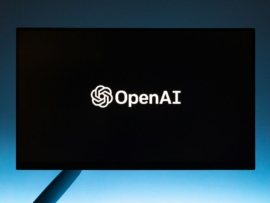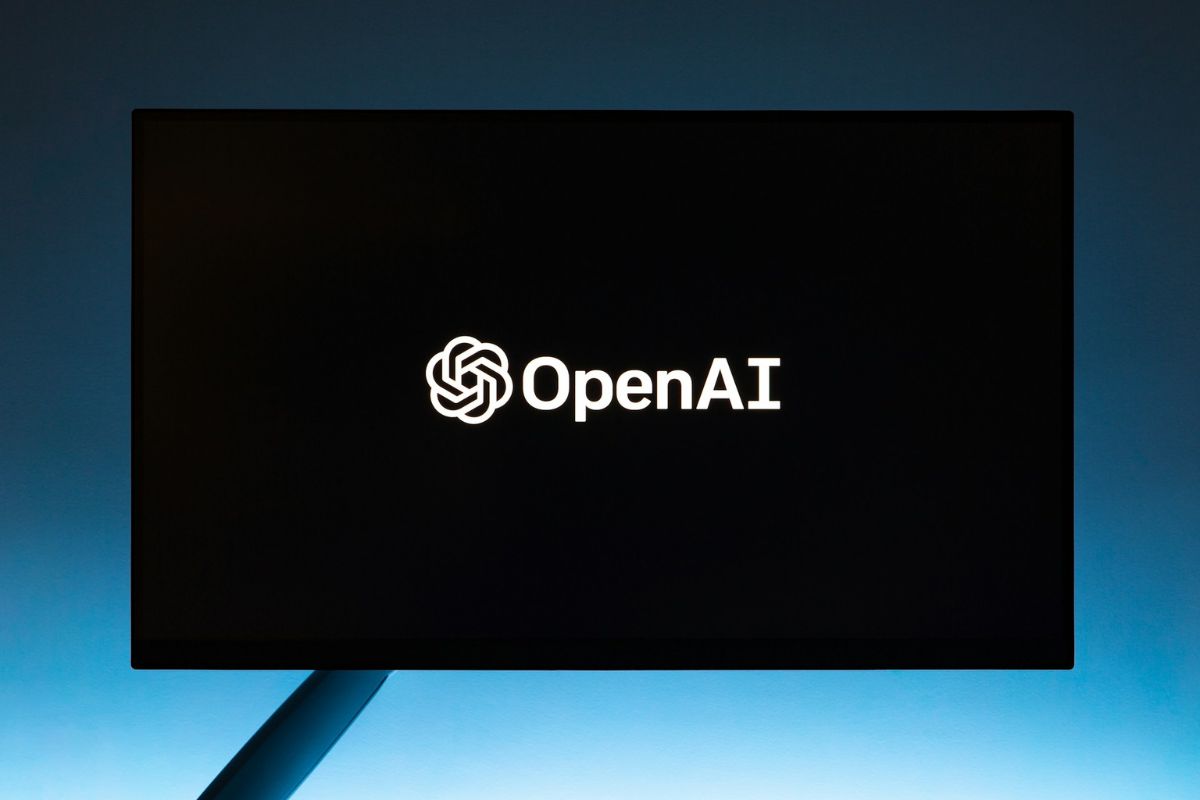
In its formal response to the Trump Administration’s Office of Science and Technology Policy, OpenAI said the United States faces a “once-in-a-century opportunity” to strengthen its economy and industrial base through artificial intelligence.
The company urged the government to treat energy generation and grid expansion as national-security priorities and to launch a nationwide build-out of electricity capacity to sustain America’s lead over China in AI.
AI and energy framed as twin engines of national strength
OpenAI’s letter, signed by Chief Global Affairs Officer Christopher Lehane, called electricity “a strategic asset” that underpins both the AI race and US competitiveness.
The ChatGPT maker told the White House that the US “currently leads the world in developing AI,” but warned that its advantage could erode unless the country unlocks new sources of energy. The company wrote that China added 429 gigawatts of power capacity in 2024, more than one-third of the entire US grid, while the US added only 51 GW.
To close that “electron gap,” OpenAI urged the Administration to set a national target of building 100 GW of new energy capacity per year. The goal, it said, would both sustain AI progress and reduce electricity costs for households and businesses.
A blueprint for industrial revival
In the submission, OpenAI said investment in AI and energy could “catalyze domestic manufacturing, update our energy grid, create more well-paid jobs, and generate more revenue.” The company’s analysis estimated that the first $1 trillion invested in AI infrastructure could lift GDP by 5 percent over three years.
OpenAI’s Stargate program, already underway in Texas, New Mexico, Ohio, and Wisconsin, illustrates the scale of the opportunity. Six sites represent nearly 7 GW of planned capacity and $400 billion in investment. The company said it expects to meet its $500 billion, 10 GW commitment by the end of 2025, ahead of schedule.
Each project, OpenAI said, integrates on-site power generation and grid contributions designed to make the company “a net contributor to the regions we operate in.”
Policy actions OpenAI asked the White House to take
The letter proposed four major priorities for federal policymakers:
- Strengthen the industrial base by investing in manufacturing of grid components, semiconductors, and AI hardware.
- Unlock more energy by removing or modernizing outdated permitting and environmental regulations that delay projects.
- Equip American workers through large-scale technical training and AI education programs.
- Ensure frontier AI systems advance US national-security interests by expanding federal adoption and safety research.
OpenAI also called for faster environmental reviews under the Clean Water Act, Clean Air Act, and NEPA, using AI tools to help agencies shorten timelines for project approval.
Workforce expansion as the foundation for energy growth
The company noted that meeting AI-driven energy demand will require tens of thousands of new electricians, mechanics, and construction-trade workers. Through its forthcoming Certifications and Jobs Platform, OpenAI plans to partner with community colleges and trade schools near its Stargate sites, beginning in 2026 with Abilene, Texas.
OpenAI framed this workforce effort as a way to ensure that benefits of AI expansion reach “communities everywhere, not just in Silicon Valley.”
AI infrastructure tied to national security
OpenAI linked energy policy directly to US security. It proposed a “Classified Stargate” initiative, privately funded, government-accredited data centers built for classified AI workloads. The company also recommended that OSTP continue strengthening the Center for AI Standards and Innovation as the federal hub for frontier-model evaluation and coordination.
The submission warned that fragmented state-level regulation could weaken national competitiveness and said the federal government should maintain a unified approach to AI safety and deployment.
Thinking big for the Intelligence Age
In closing, OpenAI told OSTP that “unlocking electrons will unlock our greatest national economic opportunity since electricity drove the latter half of the Industrial Age.” The company argued that by pairing AI investment with an ambitious national energy strategy, the US can “think big, act big, and build big,” reviving manufacturing, powering innovation, and preserving its global AI leadership.
OpenAI recently expanded its portfolio with the purchase of Software Applications Incorporated, known for its Sky AI interface on macOS, deepening the company’s push toward consumer-facing AI.
This article was reviewed by Liz Ticong and Antony Peyton.










